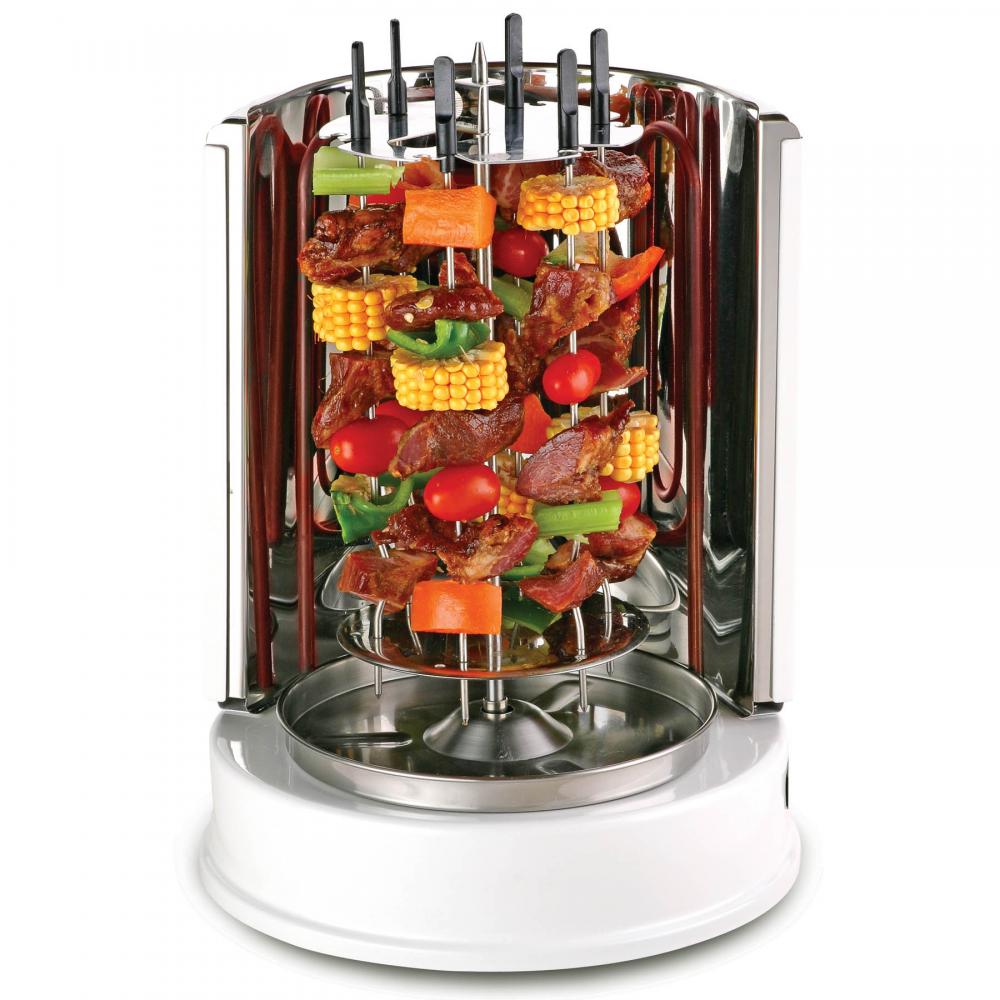Analysis on the Status Quo and Technical Basis of the Development of Smart Home in China
The technical basis of the smart home system
(1) Networking technology
Home networking technology addresses the physical interconnection between multiple terminals within a home. Due to the diversity and complexity of the home environment, networking technology has always been a very active technology field in the digital home. With the popularity of multimedia services and applications represented by IPTV services in the home, bandwidth technology, QoS guarantee for interconnect technologies Higher requirements are put forward in terms of ease of use. At present, the interconnection technologies commonly found in digital home networking mainly include Ethernet, HomePNA, MoCA, PLC, WiFi, and the like.
(2) Remote management technology
The TR069 series network management standard led by the broadband forum is relatively mature and comprehensive in the remote management technology of the gateway. It supports the management of multiple uplink gateways such as ADSL, VDSL, Ethernet, PON, POTS, etc. The main functions of the gateway are It abstracts the management parameters and supports various management operations such as dynamic configuration, smart home version upgrade, log viewing, remote reset, etc., and defines the northbound interface between the network management system and the business system and operation and maintenance system. At present, the TR069-based network management system has been deployed in many carrier networks such as China Telecom and France Telecom. It is mainly used to implement the “zero configuration†of equipment or services, as well as the daily diagnosis and maintenance of equipment.
(3) Cloud computing technology
It is the product of the integration of traditional computer technology and network technology such as grid computing, distributed computing, parallel computing, utility computing, network storage, virtualization, and load balancing. Cloud computing centralizes computing from the user terminal to the "cloud", which is an Internet-based computing model. According to the operation mode of cloud computing, users only need to care about the functions of the application, and do not have to pay attention to the implementation of the application, that is, each needs and customizes its own application as needed. The simplest cloud computing technology has been found everywhere in network services, such as search engines, network mailboxes, etc. Users can get a lot of information by simply inputting simple commands. Cloud computing is not only used for data search and analysis, but also for analyzing DNA structure, genetic map sequencing, etc. in the future. The "cloud computing" model has economies of scale. All applications are provided to multiple external users through the Internet, and multiple users share the same application, thereby realizing the sharing of computing among users and improving the utilization of processors and storage devices.
The key technologies of cloud computing include: virtualization technology, multi-tenant technology, resource scheduling, programming model technology, storage technology, data management technology.
(4) Internet of Things technology
The Internet of Things is an important part of the new generation of information technology and an important stage of development in the era of "informatization." Its English name is: "Internetofthings (IOT)". As the name suggests, the Internet of Things is the Internet connected to things. This has two meanings: First, the core and foundation of the Internet of Things is still the Internet, which is an extended and extended network based on the Internet; Second, its client extends and extends to any item and item for information. Exchange and communication, that is, things and things. The Internet of Things is widely used in the convergence of networks through communication-aware technologies such as intelligent sensing, identification technology and pervasive computing. It is also called the third wave of the development of the world information industry after computers and the Internet. The Internet of Things is the application expansion of the Internet. It is not so much that the Internet of Things is a network, but the Internet of Things is a business and application. Therefore, application innovation is the core of the development of the Internet of Things. Innovation 2.0, with user experience as the core, is the soul of the development of the Internet of Things.
(5) Big data technology
“Big Data†is a massive, high-growth, and diverse information asset that requires a new processing model to have greater decision making, insight and process optimization capabilities.
1. An open structure of heating elements with half round stainless steel
reflectors for an optimal use of energy.
2. The Gyros will change direction automatice, if there is a force.
3. Removable and detachable parts for easy clean.
4. The particular broiling result is obtained by alternating heating and
cooling down. The meat fibres do not harden, and the gravy is flavoured
by the spices. This cooking mode results in very healthy meat.
5. The Vertical Grill allows broiling meat layers, shashlik, party sausages,
poultry and fish with few attachments.
6. The Skewers and Gyros go in opposite direction so that the food could
be heated more well.
7. Power: 1400W

Horizontal Design Bbq Grill ,Grill Big Chicken,Grill Pork Tenderloin Bbq,Grill And Bar Close To Me
Housoen Electric Manufacture Co., Ltd. , https://www.housoenappliances.com